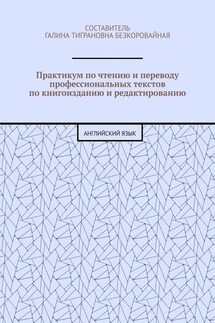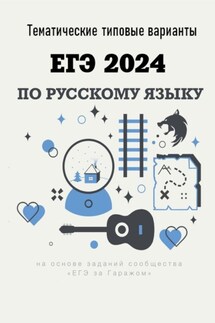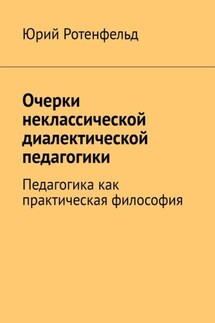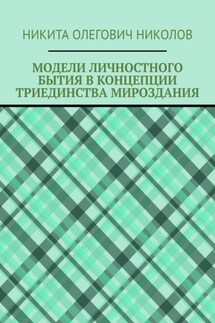Практикум по чтению и переводу профессиональных текстов по книгоизданию и редактированию. Английский язык - страница 13
3. bound book – книга в переплете
4. to assume – предполагать, допускать
5. to contract – заключать договор
6. schedule – планировать, разрабатывать план
7. conversion – превращение
8. in the long run – в конечном итоге, в конце концов
9. primary – имеющий первоначальное значение
10. to apply – применять
11. applying the standards – применяя стандарты
12. guidelines – руководства
13. technical editing – техническое редактирование
14. adherence – строгое соблюдение
15. awkward – нескладный, нелепый
16. yearbook – ежегодное издание
17. page layout – компоновка страницы
18. font- вид шрифта
19. header – заголовок
20. to dedicate – предназначать
21. peer-edit – рецензируемое издание
22. dedicated – специализирующийся, специальный
23. punctuation – пунктуация
24. construction of tables – построение таблиц
25. abbreviations – сокращения
26. selection of headings – выбор заголовков
27. citation of references – цитирование источников
28. presentation of statistics – выкладки статистики
2. Read the text below:
http://en.academic.ru/dic.nsf/enwiki/113672#Scholarly_books_and_journals
SCHOLARLY BOOKS AND JOURNALS
Editors of scholarly books and journals are of three types, each with particular responsibilities: the acquisitions editor (or commissioning editor in Britain), who contracts with the author to produce the copy, the project editor or production editor, who sees the copy through its stages from manuscript through bound book and usually assumes most of the budget and schedule responsibilities, and the copy editor or manuscript editor, who performs the tasks of readying the copy for conversion into printed form.
The primary difference between copy editing scholarly books and journals and other sorts of copy editing lies in applying the standards of the publisher to the copy. Most scholarly publishers have a preferred style guide, usually a combination of Merriam-Webster’s Collegiate Dictionary and either the Chicago Manual of Style, the MLA Style Manual, or the APA Publication Manual in the US or New Hart’s Rules [based on «Hart’s Rules for Compositors and Readers at the University Press, Oxford» (1893)] in the UK. Since scholars often have strong preferences, very often a publisher will adopt different styles for different fields. For instance, psychologists prefer the APA style, while linguists might prefer the MLA style. These guidelines offer sound advice on making cited sources complete and correct and making the presentation scholarly.
Technical editing
Technical editing involves reviewing text written on a technical topic, and identifying errors related to the use of language in general or adherence to a specific style guide.
This activity ensures that documentation is of good quality. In large companies, experienced writers are dedicated to the technical editing function; in organizations that cannot afford dedicated editors, experienced writers typically peer-edit text produced by their relatively less experienced colleagues.
It helps if the technical editor is familiar with the subject being edited, but that is not always essential. The «technical» knowledge that an editor gains over time while working on a particular product or technology does give the editor an edge over another who has just started editing content related to that product or technology. In the long run, however, the skills that really matter are attention to detail, the ability to sustain focus while working through lengthy pieces of text on complex topics, tact in dealing with writers, and excellent communication skills.






